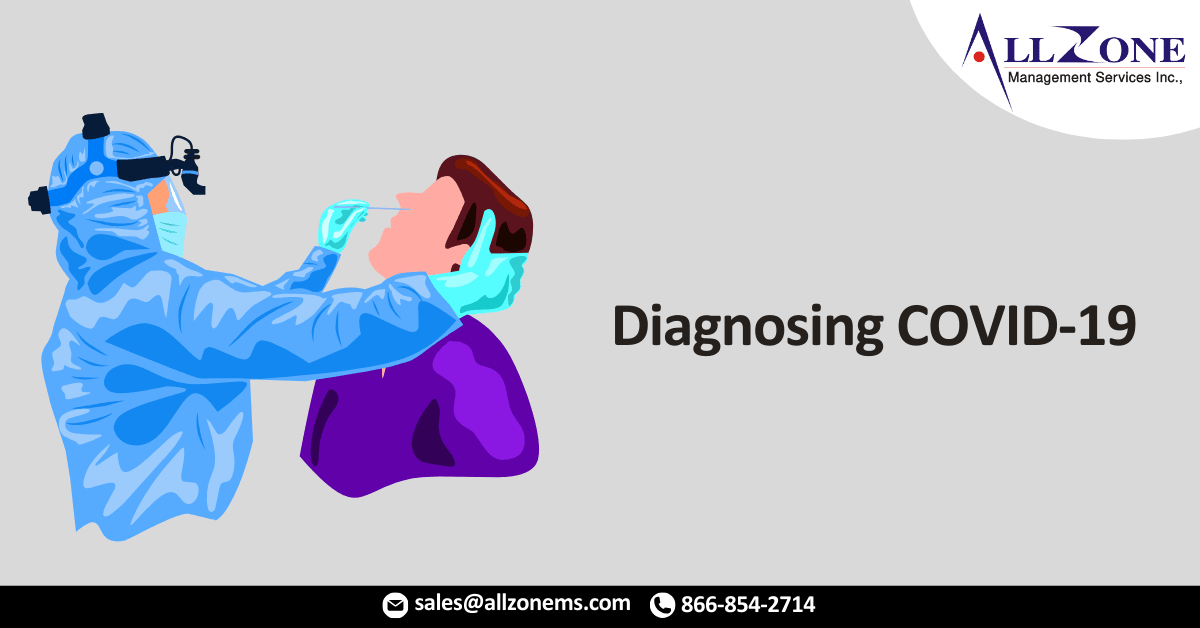Clinical judgment is sufficient for COVID-19 diagnosis.
When I was a third-year resident, in 1987, I saw a really sick kid in the ED. He was about 5 years old, had a fever of 104°, and was lethargic in his mother’s arms. His eyes were swollen and infected, and he had a runny nose and a diffuse red rash. I pancultured him, gave him acetaminophen and empiric antibiotics, and called the pediatrics resident to admit him.
About 10 minutes later, the resident, a native of India, came down to process his admission. He walked past Room 3 and said, “oh, measles. Where’s the sick kid?”
I was flabbergasted. I had never seen, and I have never seen since, a case of measles. With vaccination, the United States had effectively eliminated it, but in his country, it still existed. In one glance, he absorbed the visual data, and using what we called “pattern-recognition,” made the correct diagnosis.
Good diagnosticians do this all the time, taking in the signs, symptoms, and test results, and mentally checking them against the conditions with which they are familiar. If there is a match, we have a working diagnosis. If I ever saw another kid with the same constellation of signs and symptoms, I would recognize measles again.
One more example: early on in my career, I cared for a young adult who started off with nausea and anorexia the prior day, with generalized abdominal pain that localized to the right lower quadrant. He was febrile and had rebound tenderness with a Rovsing’s sign.
I worked in a teaching hospital at the time, so I called the surgical resident. He asked for a CT scan of the abdomen. I scoffed and told him that this patient just needed cold, hard steel. He protested that it was protocol. I went over his head and called the attending, who trusted my clinical judgment. A few hours later, the inflamed appendix was in a specimen container.
We have another expression in medicine, “the patient read the textbook.” This means that the disease process is following the typical trajectory. This makes it easily recognizable to the clinician.
We have now had a few months of experience with COVID-19. Especially in facilities that are being inundated with COVID-19 patients, the providers are able to recognize many patients just from their chief complaint, signs, symptoms, exam, and imaging. They do not necessarily need to run a PCR test.
A patient complaining of fever, dry cough, fatigue, and loss of sense of smell and taste, with hypoxemia out of proportion to their appearance and a patchy, multifocal pneumonia in New York City, has “read the textbook,” and can easily be diagnosed with COVID-19 without laboratory confirmation. If they were to have an atypical presentation, they might need a test.
Without any pathognomonic details, the likelihood of the constellation of respiratory signs and symptoms that result from COVID-19 depends on the pre-test probability. If the patient is presenting in a locale that is not seeing many COVID-19 patients, they may need a test, whereas in a pandemic surge area, they might not.
Our country is very heterogeneous, and mitigation measures are being applied inconsistently, so the probability is variable. Not all clinicians have the same degree of experience, knowledge, or comfort level in making diagnoses without laboratory confirmation. There may be some bad actors who are overcalling COVID -19 for nefarious financial reasons, but I would assert that these are the exception and not the rule.
If your provider declares COVID-19 based on clinical and epidemiological judgment, it is sufficient. They should support it in their documentation. If it doesn’t seem clinically valid, you may query. Remember that a negative result in a test with 30 percent false negatives does not necessarily rule out the disease. Clinical judgment may override a negative test.
I just hope someday that coronavirus infection is like measles – people can go a whole career without ever seeing a case.
For More Information: https://www.icd10monitor.com/diagnosing-covid-19

